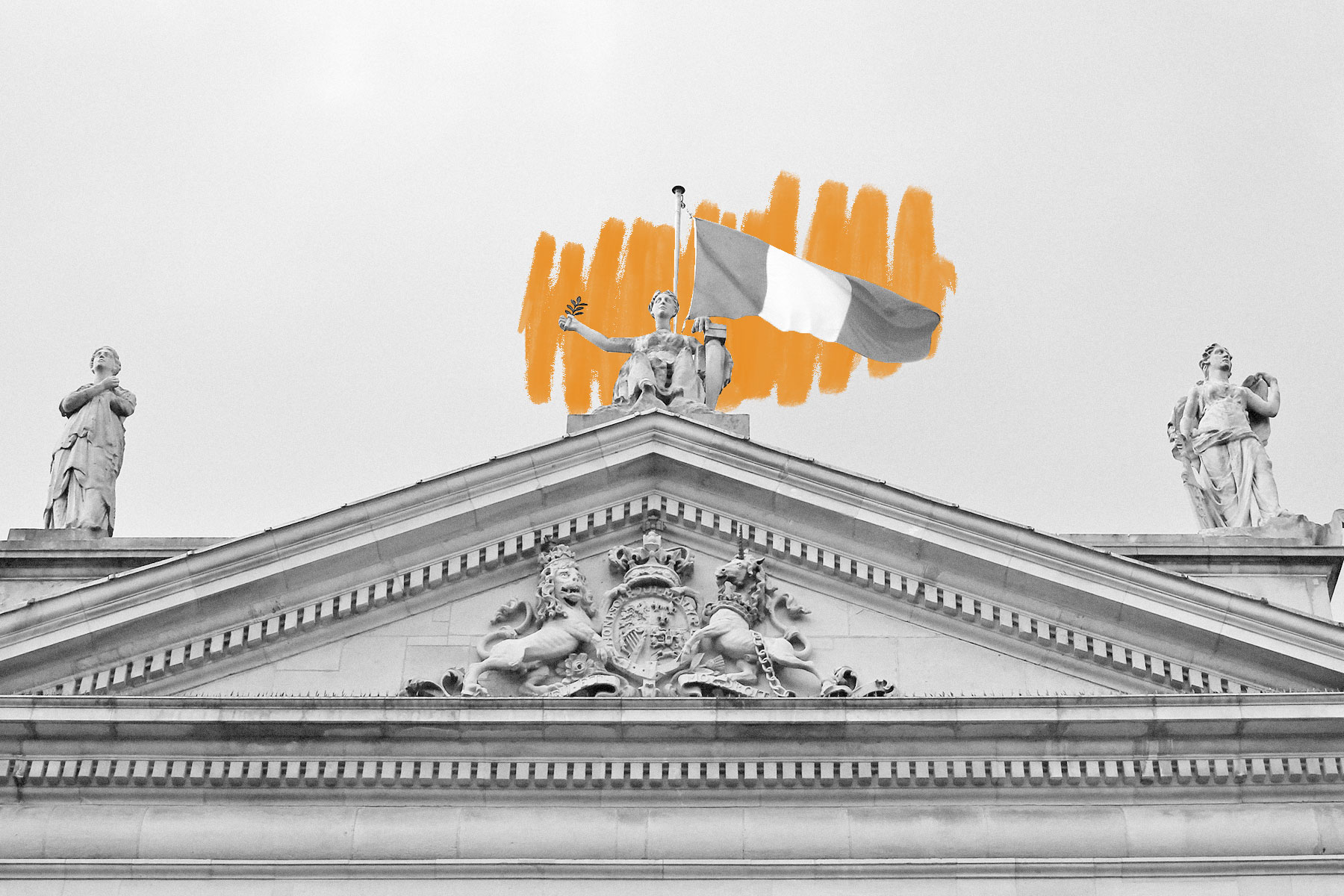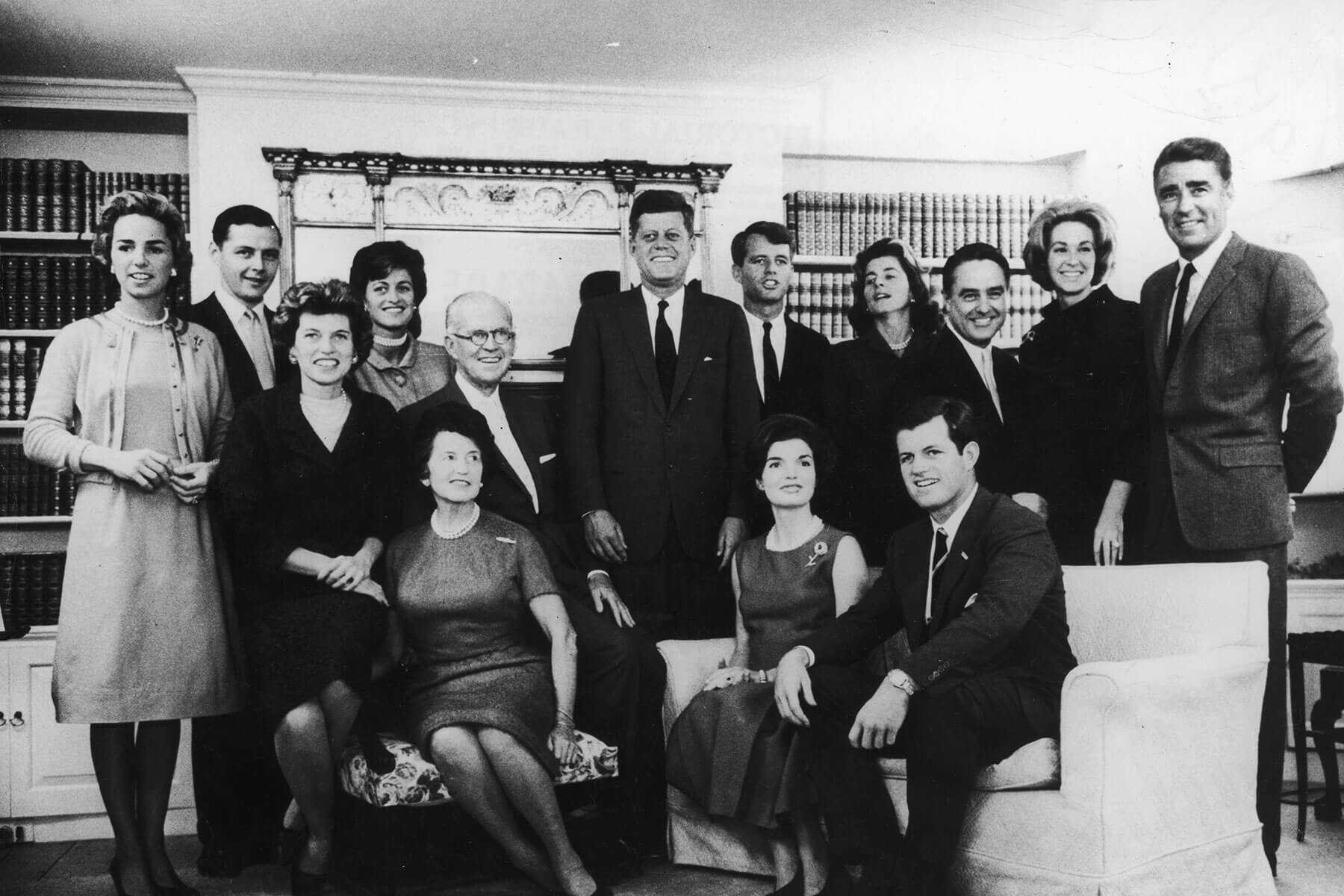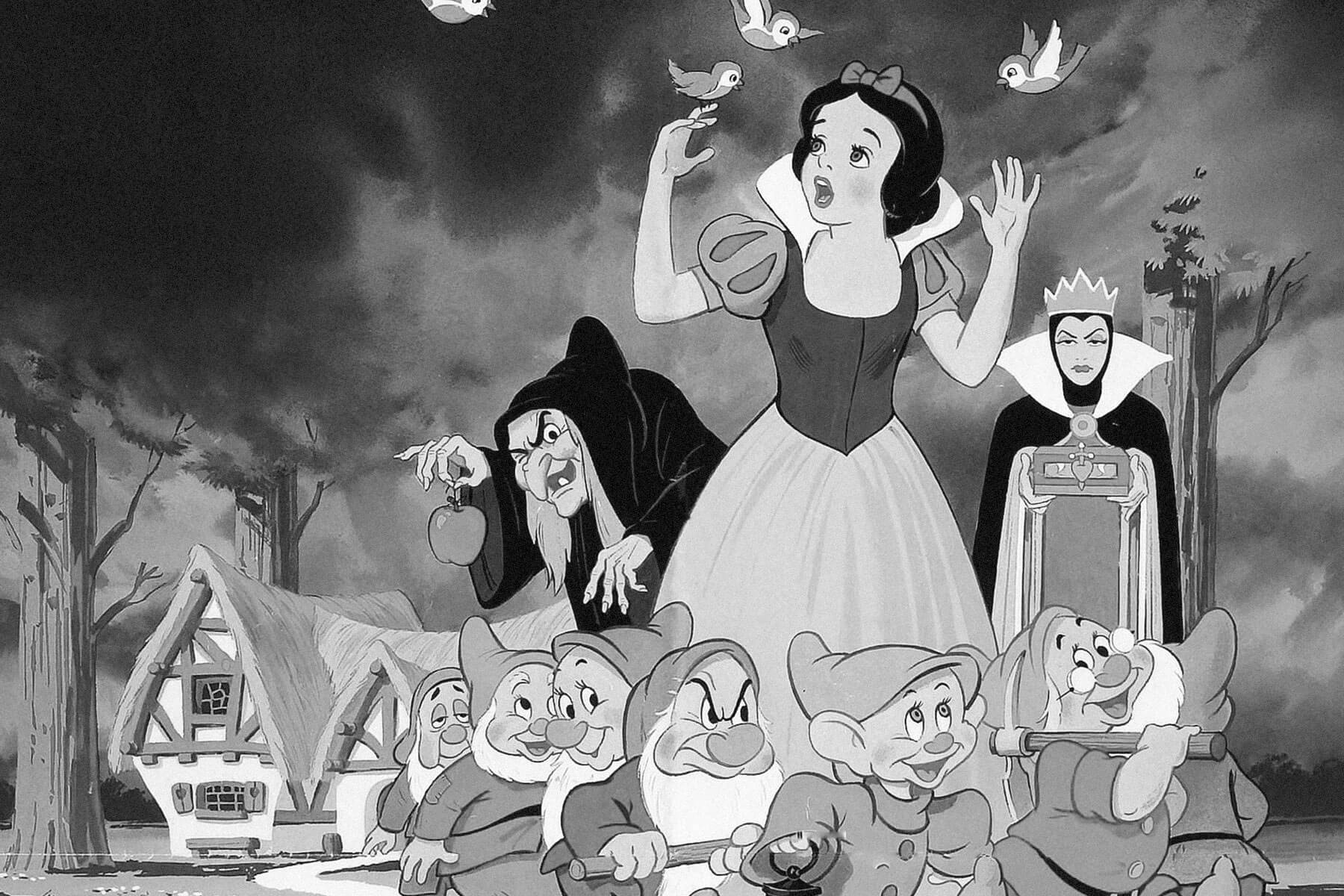 |
Ireland had its own time zone for 36 years. |
World History |
 |
| |
| However, because the economies of Ireland and England have long been codependent, the time zone differences created issues in travel, communication, and business, especially as both regions continued to grow with the Industrial Revolution. To mitigate these issues, business lobbyists urged the British government to change Ireland's time to be consistent with the rest of the U.K. The change went into effect with the Time (Ireland) Act on October 1, 1916 — just months after the Easter Rising in Dublin, part of the ongoing fight for Irish independence. The Emerald Isle made the switch to Greenwich Mean Time as daylight saving time came to an end that fall; the clocks in Ireland were set back 35 minutes instead of one full hour to accommodate the 25-minute difference and synchronize the two time zones. | |
 | |
 | |||||||||
By the Numbers | |||||||||
| |||||||||
| |||||||||
 | |||||||||
| |||||||||
The United States began using time zones because of railroads. | |||||||||
| Trying to catch a train in the mid-19th century was no easy feat: At the time, more than 144 local time zones were spread across North America. Before the invention of railway travel and train schedules, these slight time discrepancies weren't a big deal, but by the end of the 19th century, they were causing logistical chaos. To solve the schedule issues, four standard time zones were established across the continental U.S.: Eastern Time, Central Time, Mountain Time, and Pacific Time. The railway industry initiated the change, which was enacted on November 18, 1883. Due to the importance of the railroads, the federal government eventually followed suit. In 1918, the Standard Time Act made these time zones official, and also established daylight saving time. | |||||||||
 | |||
Recommended Reading | |||
 | |||
| | |||
 | |||
| | |||
| + Load more | |||
|





No comments:
Post a Comment